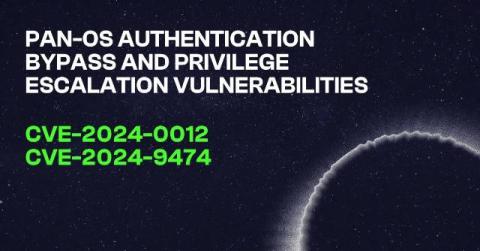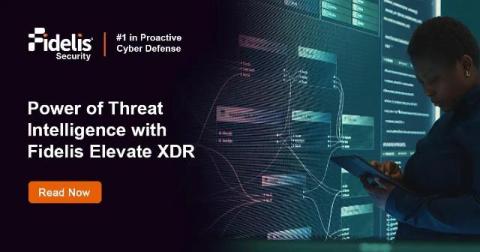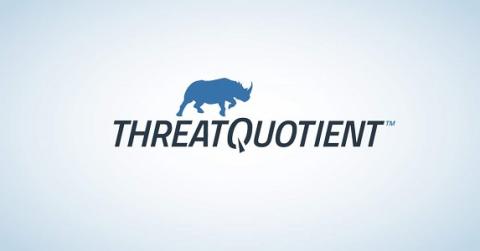Streamlining Cyber Defense with ThreatQ TDR Orchestrator
In today’s fast-paced cybersecurity environment, the ability to quickly and effectively manage threat intelligence and incident response is critical. The solution? A seamless integration of human expertise with cutting-edge automation. Standardizing how intelligence and incidents are handled by merging human processes with automated workflows is necessary.











